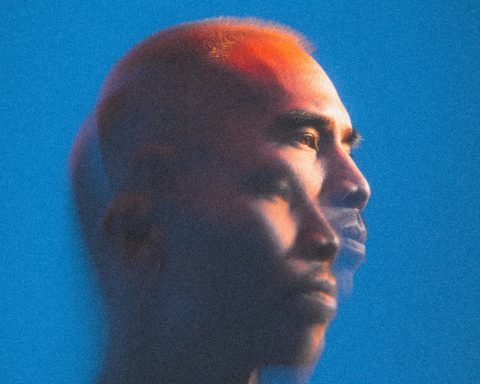 Terry Kemple is a past president of the Royal College of General Practitioners and serves as national RCGP representative for sustainability, climate change and green issues. He is on twitter: @TKemple
Terry Kemple is a past president of the Royal College of General Practitioners and serves as national RCGP representative for sustainability, climate change and green issues. He is on twitter: @TKemple
We all live in our bubbles. These are where we live our versions of reality and avoid confronting anything that might harm them. Our habitable biosphere on Earth is a bubble. Inside are the smaller bubbles that include our family, beliefs, habits, work, and everything else that is important in our lives. If we are lucky most of our bubbles are comfortable. But these bubbles can burst. If the biggest burst then all the others inside are at risk.
Kate Raworth in ‘Doughnut Economics‘ uses the model of a doughnut to suggest how we should live in the 21st century. Inside her doughnut is the safe and just living space for humanity. The inner ring of the doughnut encloses all the essentials for our social needs. The outer ring is our ecological ceiling. If we exceed our ceiling, we threaten our safe living space.
Bubbles, doughnuts or however we imagine it, we live in an imperfect world. Our habitable biosphere felt safe apart from when we feared that a minority might turn the cold war into a hot one and start a nuclear winter. The climate and ecological emergency has shattered our confidence. Now it is us, the majority in higher income countries, that are causing the problem and it is us that have to change how we live to prevent the worst of climate catastrophes. Why don’t we change?
We live in our bubbles of denial – we use denial to cope with distressing situations, but this interferes with our ability to tackle challenges.
We live in our bubbles of misunderstanding – we have our salience deficits. We may think an issue is not important or we view it through a different frame.
We live in our bubbles of denial – we use denial to cope with distressing situations, but this interferes with our ability to tackle challenges.
Only after 26 years of misinformation, misunderstanding and denial has the United Nations climate change conference (COP26) won the argument that something needs to be done to prevent climate change. Now we need everyone to agree the what and the how.
What is to be done?
Our social movement promoting action seems to follow a similar course to Vladimir Lenin’s cause in 1901. After failing to unite all the international organisations, Lenin wrote ‘What Is to Be Done? Burning Questions of Our Movement’ to grapple with promoting his Social-Democratic ideas. Lenin described the movement’s first period – the rise and consolidation of the theory and programme of Social-Democracy. His second period was when Social-Democracy became a social movement with an upsurge among the masses of the people. His third period was the period of disunity, dissolution, and vacillation. Lenin’s simple answer to ‘What is to be done?’ was ‘Put an End to the Third Period’.
Although as individuals we might be able to do anything, we can’t do everything so we need to target our actions.
We are at a similar stage in our efforts. Everything we do now without action is worthless. We should now all be thinking and acting to protect our biosphere.
Bill Gates in his book ‘How to avoid a climate disaster’ suggests we do must do everything we can now and innovate like crazy.
Although as individuals we might be able to do anything, we can’t do everything so we need to target our actions.
We need to be carbon literate, know our personal footprints and reduce them.
We need to develop climate resilient, sustainable, low-carbon health systems. The Sao Paulo Declaration 2021 outlines the actions necessary to achieve the transformation to a world that optimises the health & well-being of all people and the planet.
We all need to decide what we will do and act together.
Bubbles are beautiful but they can burst. All our health aims need a healthy planet. We cannot ignore the threats of climate changes and pollution
Featured books
Raworth K, Doughnut Economics: Seven Ways to Think Like a 21st-Century Economist, Random House Business; 1st edition (2018), 384 pages
Gates B, How to Avoid a Climate Disaster: The Solutions We Have and the Breakthroughs We Need, Allen Lane; 1st edition (2021), Hardcover, 272 pages
Featured image by Margot RICHARD on Unsplash






